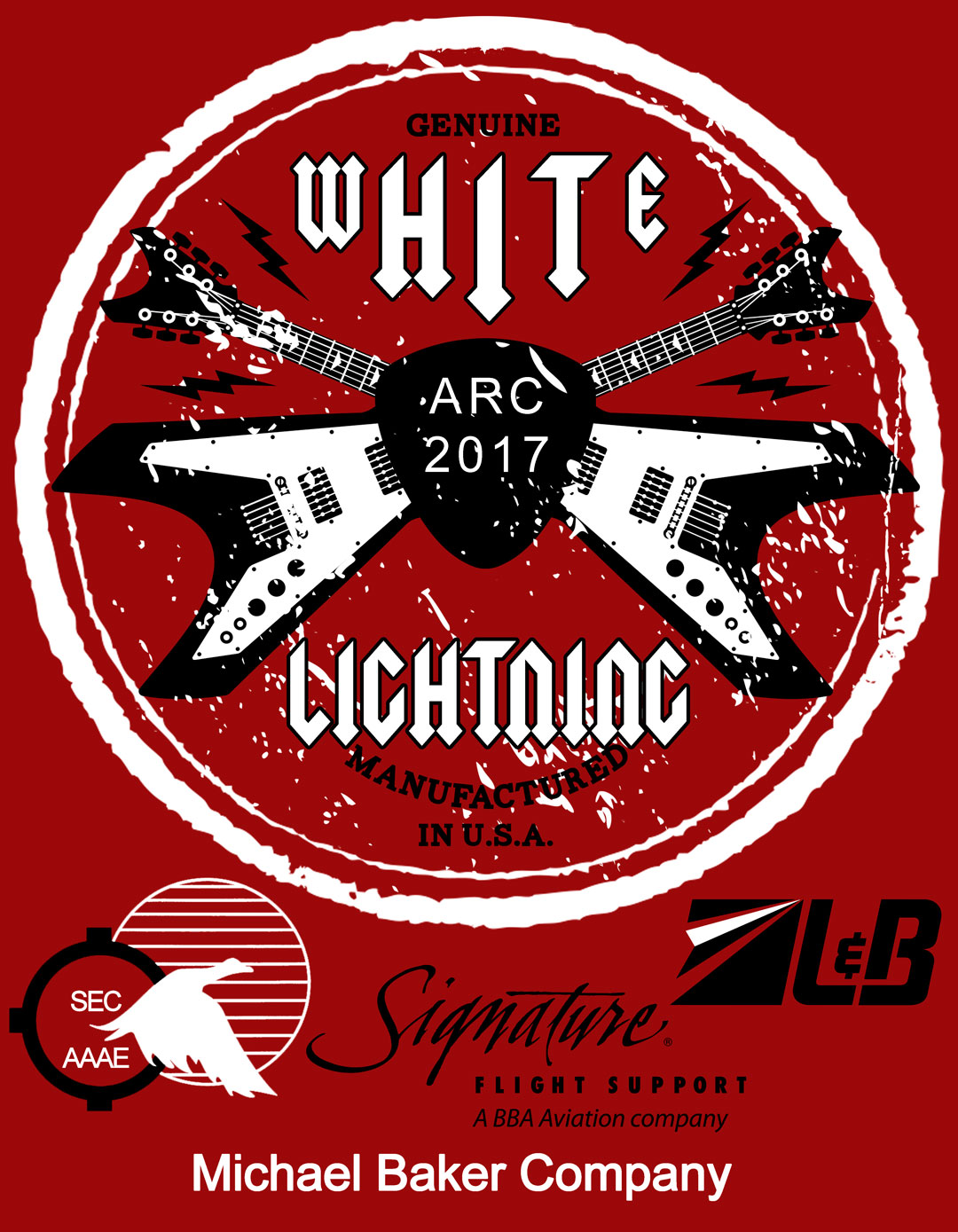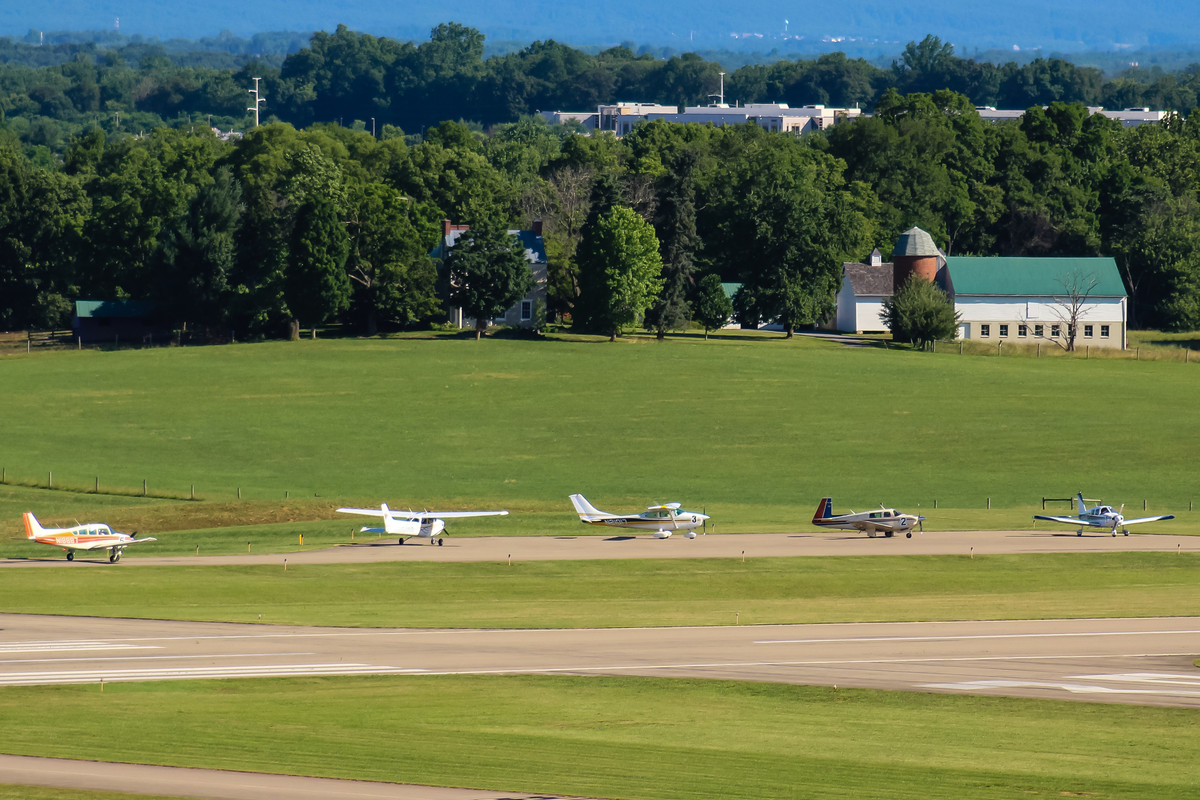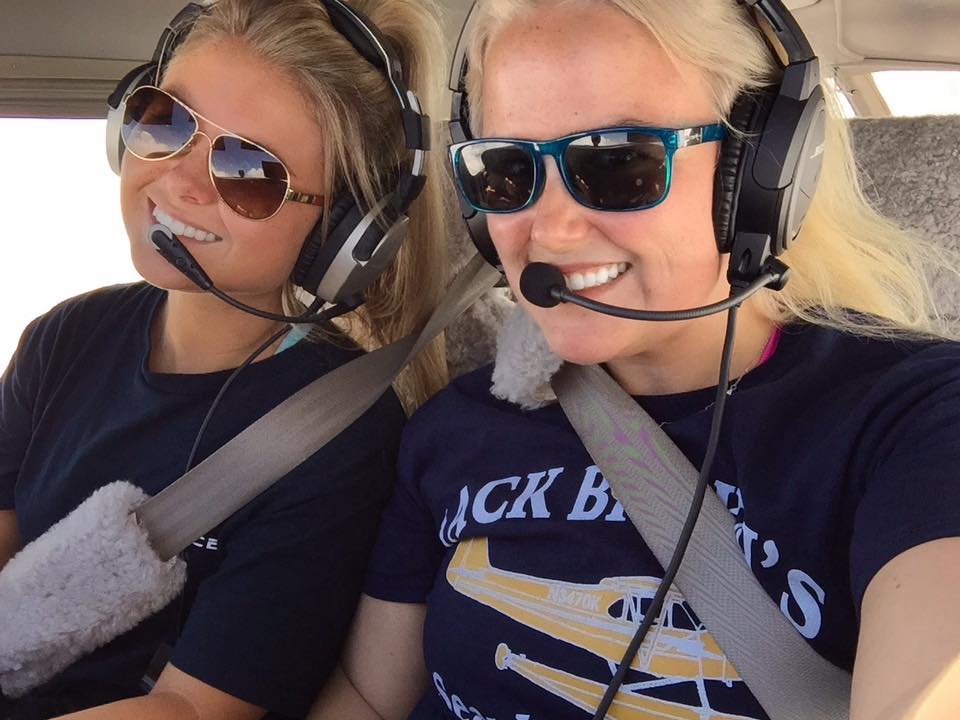


A Dream
The ground flys by as our Cessna races across another new town; we line our aircraft up with the timing line 500ft above the earth, bam another leg completed racing against the clock with 60 other teams. This is the Air Race Classic.
But let us take it back to a year from today. I was working a shift as a dispatcher at Murfreesboro Airport. Fueling, cleaning, and watching airplanes all day. However, today was a little different at this small-town airport. Today our airport was a stop on the route of the Air Race Classic. I showed up to my shift to be surprised by 60 new additions to our ramp. Racers ran into the flight office to pay for fuel. Teammates washing and inspecting their planes. “What in the world is the chaos,” I thought to myself.
Well, I quickly found out. The chaos and event that brought this airport to a halt is an all women’s air race. From the witnessed it, I knew this is something I HAD to be a part of.
Now lets come back to the present. A lot has changed, and I am now proud to call myself part of Classic Racer team #77. But how did I get from the chick that was fueling airplanes to racing them? A lot of hard work and persistence. This is my story.
The Plan
After that eventful day at Murfreesboro Airport, I went home to see how to become a racer. I got on their website to see what qualifications a pilot needs, how to enter, and the cost.
First thing qualifications. One pilot on each team must hold a private pilot’s certificate with 100 hours or an instrument rating to race. I had an instrument rating, and by the next race would have my commercial license, so I qualified.

Next up was how to enter. I needed a teammate and an airplane. This is where I was stumped. I let the idea sit in my brain for a few weeks. The fall semester rolled around at MTSU, and this is where the universe worked its magic.
As I went to my first day in my aerospace weather class, I didn’t know many people. I saw the only other girl and sat down next to her. We quickly became friends and went on to be partners on a project. I mentioned the air race, her face lit up, and immediately the weather project ended. She, too, had wanted to race and was looking for a teammate! We went from our PowerPoint over forecasting meteorology to planning a massive cross-country air race. (Don’t worry; we eventually finished that project) Want to know something even crazier? She had an airplane—a noble 1997 Cessna 172R.
Okay qualified ✔ Teammate ✔Airplane ✔ off to a decent start but how in the world are was I going to make this dream a reality.


This is where the hours of work, marketing, budgeting, and studying came into play.
As a broke college student, I realized getting that little Cessna to buzz over 2,600 miles of America was not going to be cheap. After creating the budget needed, I realized this race will cost around $6,000… coming from someone who has to get store brand bread to save money, this was sticker shock.
Yet, I was determined and didn’t think of giving up.
I looked at past racers and how they did it. The answer? Sponsors and schools that supported their race. I knew we would be racing under the collegiate division, and almost every school in the country pays for their teams to go. OK, let’s see how my school feels about this. After a short meeting, I got my answer, a big fat no. A few years back, I learned that a team didn’t finish, and the school was never going to support another team. They thought we were nuts and just another team that would fail. They said they wouldn’t allow it, thankfully that wasn’t up to them. You see, the only thing you needed to race under the college division was to be enrolled in the school. Look like we were going to be rebels
.
“Oh, man,” I thought to myself, what am I getting myself into? Should I just give up? What if we didn’t complete it, the school is going to hate me. But if we succeed, we can open the door to more teams and more women in our program to do it.
Looks like we are going to have to fly solo.
So then what? How did we come up with the money? Sponsors. I created a marketing plan with different levels of sponsorship to advertise to potential clients. I then talked with a teacher at my school to see if he had any advice regarding sponsorships. This teacher ended up connecting us with so many sponsors. I still, to this day, thank our lucky stars for him. I also went personally to aviation companies around town to ask for support. After gathering these funds, I saw we needed just a tad bit more to fuel this dream. To get the last bit of cash, I created t-shirts with the help of my mom. I sat every day on campus selling shirts, and in the end, we finally had the resources to race.
So then what? How did we come up with the money? Sponsors. I created a marketing plan with different levels of sponsorship to advertise to potential clients. I then talked with a teacher at my school to see if he had any advice regarding sponsorships. This teacher ended up connecting us with so many sponsors. I still, to this day, thank our lucky stars for him. I also went personally to aviation companies around town to ask for support. After gathering these funds, I saw we needed just a tad bit more to fuel this dream. To get the last bit of cash, I created t-shirts with the help of my mom. I sat every day on campus selling shirts, and in the end, we finally had the resources to race.
Oh, but this was just the start. Now the fun part, getting to the starting line.
The final steps were to get our plane approved and handicapped and start flight planning.
Also… how does one race a plane with 140 other women?
The race is comprised of around 60 teams in various makes and models. The premise is to see which team can fly their airplane faster on different legs over multiple terrains and conditions. There are about 8-10 legs per race, and each on leg, a team can score points. The team with the most points wins. This seems simple, but how does a team get points? How does a Cessna compete with a Cirrus? Handicaps. Each team goes up for a handicap flight with an official and a device to determine how fast the plane can go. This speed is called your handicap. It’s the speed you try and beat. For every knot over the handicap, you score a point. Once our little plane had been tested, we got our handicap and awaited the race.
Now let’s get this thing started!!
Wait, just kidding MORE hurdles to jump through before crossing the starting line.
We had to get through racer registration, which wasn’t too bad, just paperwork to see if we were qualified. However, getting the plane through inspections was the most psychotic process I have ever been apart of. I’ll spare the details, but if you have ever raced or plan to, you’ll find out. To sum it up, there were many tears, a lot of hope being lost, and some grey hair that appeared on my head the day of final inspections. We made it through thankfully and were finally able to prepare ourselves for the most EPIC journey ahead.


An Adventure
It was 5am; I sat in a massive conference room with my fellow racers. Caffeine and adrenaline rushed through my body. There was an ATC controller briefing on starting and take-off procedures. I was running through my flight plan mentally for the hundredth time as millions of thoughts were spinning in my head. The last conversation with a teacher at my school kept repeating itself in my memory. “If you don’t finish, don’t even think about coming back,” she said. It’s here. We are really doing this. I don’t have room to mess up. I have never done anything like this in my life. Other teams had mentors with years of race experience. My friend and teammate just had each other. I chugged more coffee as suddenly a race official cheers, “See you in Santa Fe, New Mexico!!”
This is nuts.


I got to the airport and gave hugs to racers that became friends over the last few days. Each team was put in groups to start up. Then all 62 teams took off back to back with 30 seconds in between.
Once our Cessna started, we were both in the zone. I was so amped. I love some healthy competition, and I LOVE flying; this was just heaven. I put all the useless thoughts and nerves away and just flew.
Once in the air, I spotted my fellow racers as we pushed our planes as fast as possible to the first stop in Ohio. The first flyby I was told is the worst, and they weren’t lying. When we got to the first airport, we have to stop our clock by flying over a timing line at 500ft. You can’t mess this up because it’ll add to your time. You also have to perform the maneuver correctly as our GPS tracker will show if you get off the line, which gives you a penalty. All while 62 other planes are trying to do the same thing. Not to mention I’ve never flown to any of these airports, and spotting the correct point was insanely difficult. I’m pretty sure I didn’t breathe until we crossed the line and stopped our clock.
Oh, and I forgot to mention as we came in for landing, hundreds of fans were sitting by the runway watching the racers come in. Which made the landing in a 15-knot crosswind SO much fun.
We did it. We got one leg down with a perfect fly by.
The rest of the four days were a repeat of the first leg with flybys, new airports, new terrain, and new weather to contend with. However, the best part was the racers that became life long friends and the small towns that now housed some of my best adventures.
The days raced by (literally), and I soon found myself flying towards our very last fly by in the red-painted desert of New Mexico. We did it—the first team from my school to ever finish the Air Race Classic. I went from being a spectator to crossing the finish line.
This is my story, written across the rolling hills of Maryland, to the thousands to lakes speckling Minnesota, to the vast sunset-hued desert of the west. I learned so much in this adventure about myself, aviation, and determination.
Oh, and if you were wondering, my school finally saw how great the race can be. They allowed two teams to go back and set out on their own adventure.
THANK YOU SPONSORS
We are very grateful to our sponsors: Signature Flight Support, The Southeast Chapter of American Association of Airport Executive, Michael Baker International, and Landrum & Brown without whom this race would not have been possible. And for the support and guidance from Dr. Wendy Beckman, Professor and Interim Department Chair Middle Tennessee State University and Tom Bibb, Metropolitan Nashville Airport Authority.




